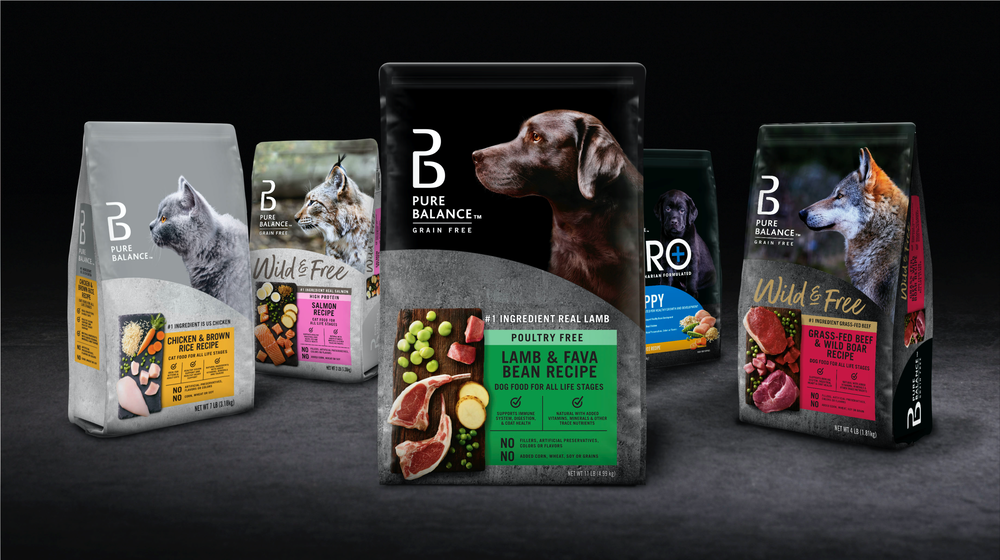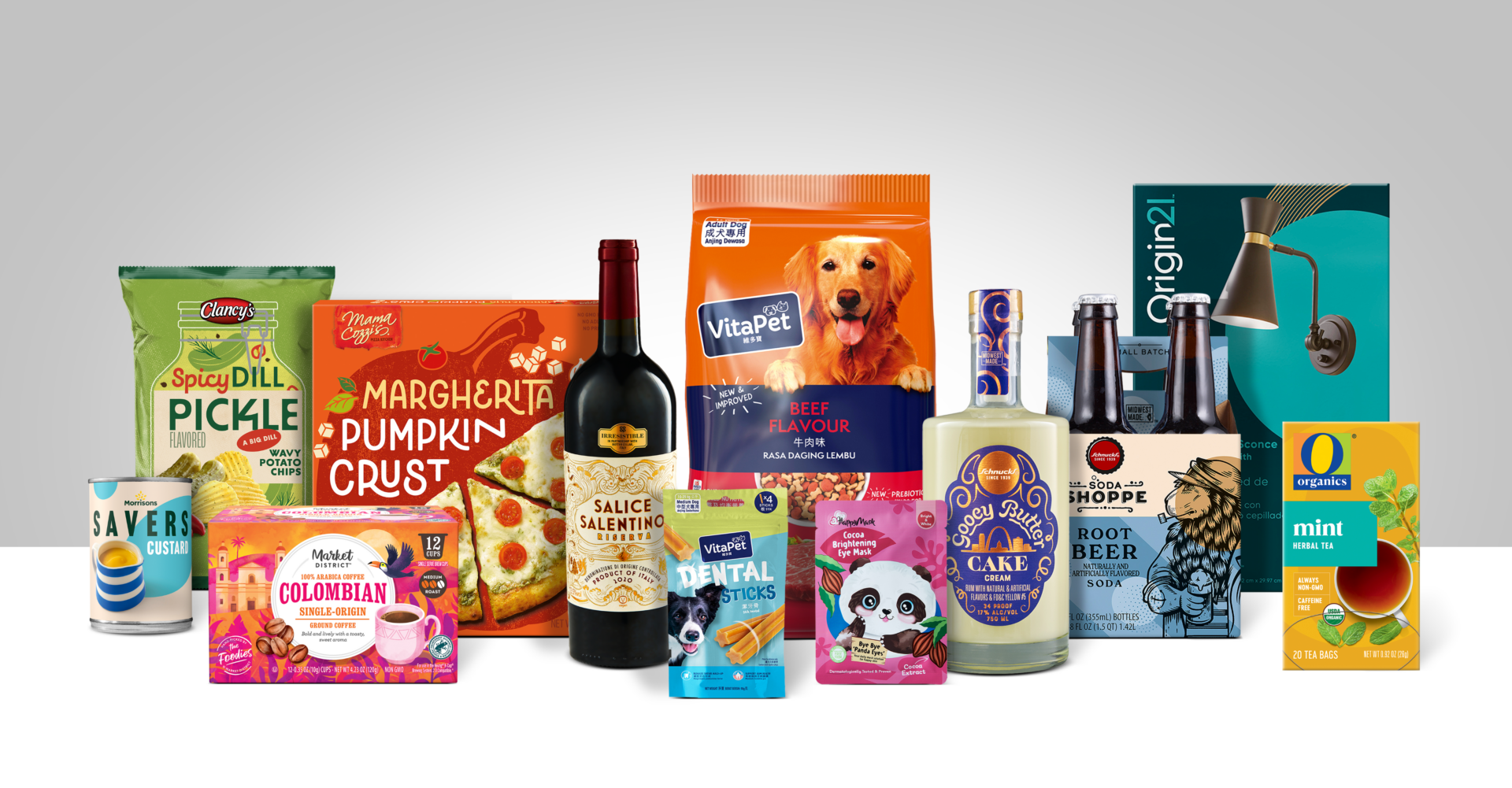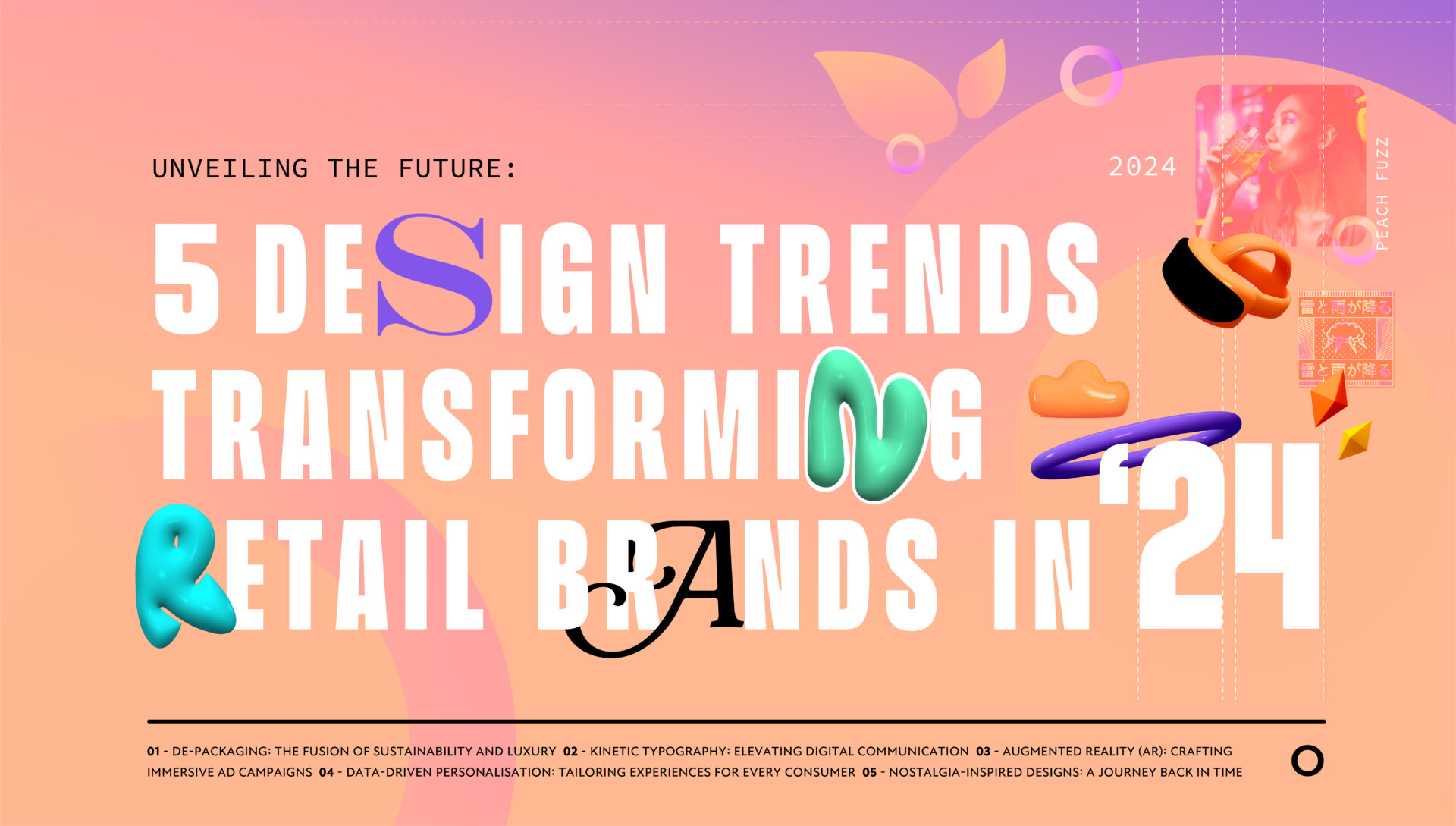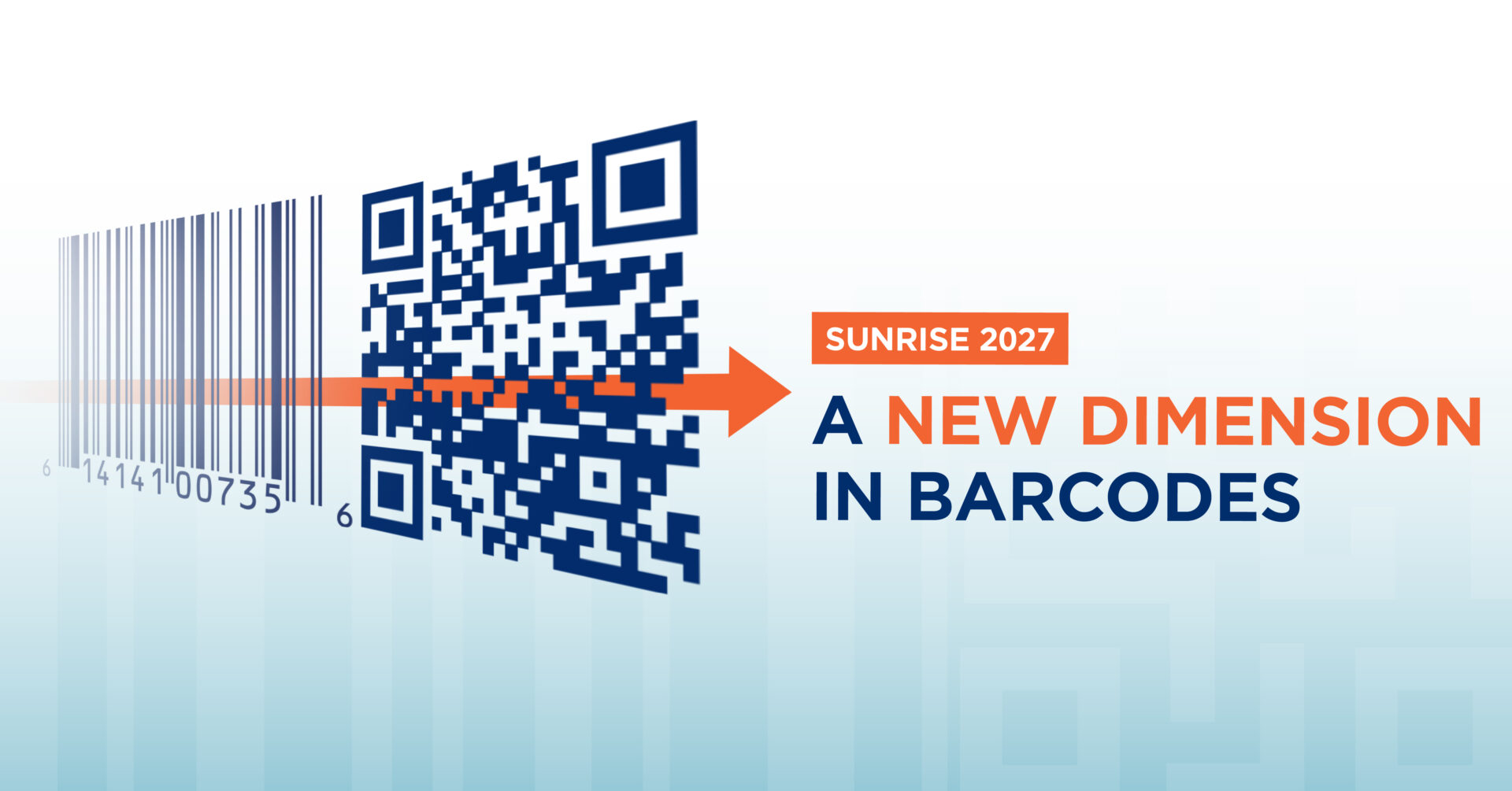PRIVATE BRAND SEGMENTATION STRATEGIES
As the US private brand marketplace matures, more private brands are using segmentation strategies to flesh out their offerings and to target their products, packaging and marketing to align with the desires and aspirations of their intended demographics.
In order to be effective, segmentation strategies must be underpinned by strong, well-executed consumer research, since this is what enables brands to get deep under the surface to gain an understanding of what makes consumers tick.
Acquiring an in-depth understanding of consumer motivations, behaviours and needs helps brands to pinpoint groups of customers who are seeking benefits or levels of functionality not already offered as part of the range or the product category.
Let’s take social listening as an example. This is a rich source of qualitative data – one which brands have increasingly dialled into in recent years. Social listening allows brands to put their finger on the pulse of public dialogue in order to help them to generate and develop new ideas, collect product feedback, and monitor the success of new product launches. Social listening can also help brands to investigate the competition, thus helping them set their own stake by avoiding repetition.
Repeated sentiments and feelings from particular groups of consumers should make brands take notice. Coffee drinkers might want a stronger variety with bolder flavours, or a coffee with half the caffeine. Lovers of dark chocolate may want a product with fair trade credentials. Individuals with certain dietary needs or allergies may be seeking more on-pack reassurance that the product is free from allergens or contamination.
While quality or price can come into the conversation, consumers frequently use social media to share their views on how to optimise or diversify the existing offering, and in doing so they signal the segmentation opportunities open to brands. In short, brands should be keeping an eye out for feedback along the lines of ‘I would love to buy this, if only they made an X version.’
Gaining insight into the reasons why consumers don’t convert or decide to repeat purchase can help brands to switch gears on the business plans and products which are not likely to bear fruit, while helping them to focus on product development and product messaging which will help the brand to satisfy demand and show differentiation from competing brands and products within the category.
In an ideal world, brands will be able to intuit customers’ diverse needs and wants and precisely develop and market new goods accordingly. However, the reality is that there’s a sizeable stumbling block: many brands don’t really know and understand what customers want in 2021. That’s where dedicated customer research comes in. Skipping consumer research in the haste of going to market can mean casting your net too wide, leading to the knock-on effect of wasted time and resources should the products underperform. Brands should not try to satisfy all demographics and all needs, but rather focus on the customer requirements that can be met cost effectively and which competitors cannot currently match.
Segmentation as a portfolio strategy in 2021
As part of a portfolio strategy shift in favour of segmentation, in 2021 it falls on private brands to fully utilise the ecommerce platforms they have at hand. Ecommerce is a superhighway which delivers targeted messaging and engaging experiences to consumers, and returns a wealth of data.
As ecommerce market share continues to skyrocket, brands will need to strengthen digitally driven commercial capabilities and prioritise e-marketplace management. Not all brands will fit all distribution channels or platforms, and strategic placement and messaging are key. As McKinsey points out, “maximizing success on these platforms without triggering cannibalization of more profitable sales requires appropriate, tailored messaging and assortment at the point of sale.”
For private brand retailers, there are ample opportunities to create a fulfilling online consumer experience, which streamlines the customer journey and demonstrates at a series of touchpoints, including landing pages, category pages and product pages, that the retailer knows and understands its customers. Suggestions based on the individual consumer’s preferences should be complemented by wide-ranging marketing collateral from pictures and video to coupons to recipes, with the incorporation of these dependent upon the way consumers are divided into groups. This could be done according to their attitudes and interests such as wanting to pursue a healthy lifestyle or feeding a family, in their awareness of the brand, or more traditional demographic criteria such as age or gender.
Every visit and digital touchpoint provides more data which can help to paint a clearer picture of your customer, their needs and their interests. Thus the more connection and engagement with your consumer base – through ecommerce sites and through social media – the easier it becomes to place your customers into meaningful groups.
From a marketing perspective, creating segments helps to achieve more personalised and relevant recommendations and targeted content offering. Since all companies are constrained by the amount of time and effort it takes to develop assets and content, it forces brands into a balancing act, with important choices to be made as to the size of the segment, segment attributes and the total number of segments. Joining up this approach with product development can enable brands to develop an end-to-end experience which is customer-focused and demonstrates responsiveness to the changing needs and behaviours of the consumer.
In 2021 we expect to see a massive leap in new product development. When this is taken into consideration against the seismic shifts in consumer behaviour observable as a result of a pandemic, it implies the environment is ripe for segmentation strategies. If executed to their fullest, the strategies have immense potential to drive sales and build brand equity.















